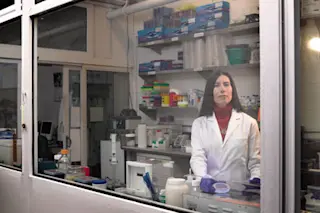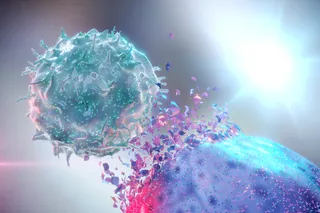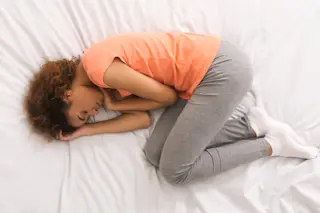Hugh Rienhoff climbs the stairs into his attic and ascends into a universe of genes, a space dominated by printouts and digital displays of his daughter’s DNA. It is a ritual he has followed regularly for the past five years, retreating here or to a makeshift basement lab in his San Francisco–area home, on the hunt for an error hidden somewhere within Beatrice Rienhoff’s genetic code. A mutation for which there are no data anywhere in medicine has depleted her muscle mass and weakened her joints. As an infant, Beatrice could not hold up her head at a time when most other babies her age were long past that milestone. Today, at age 7, she is heartbreakingly thin and wears braces in her shoes to support her fragile ankles. Finding the cause could point the way to a meaningful treatment.
Even though Rienhoff is the founder of two biotechnology companies ...















